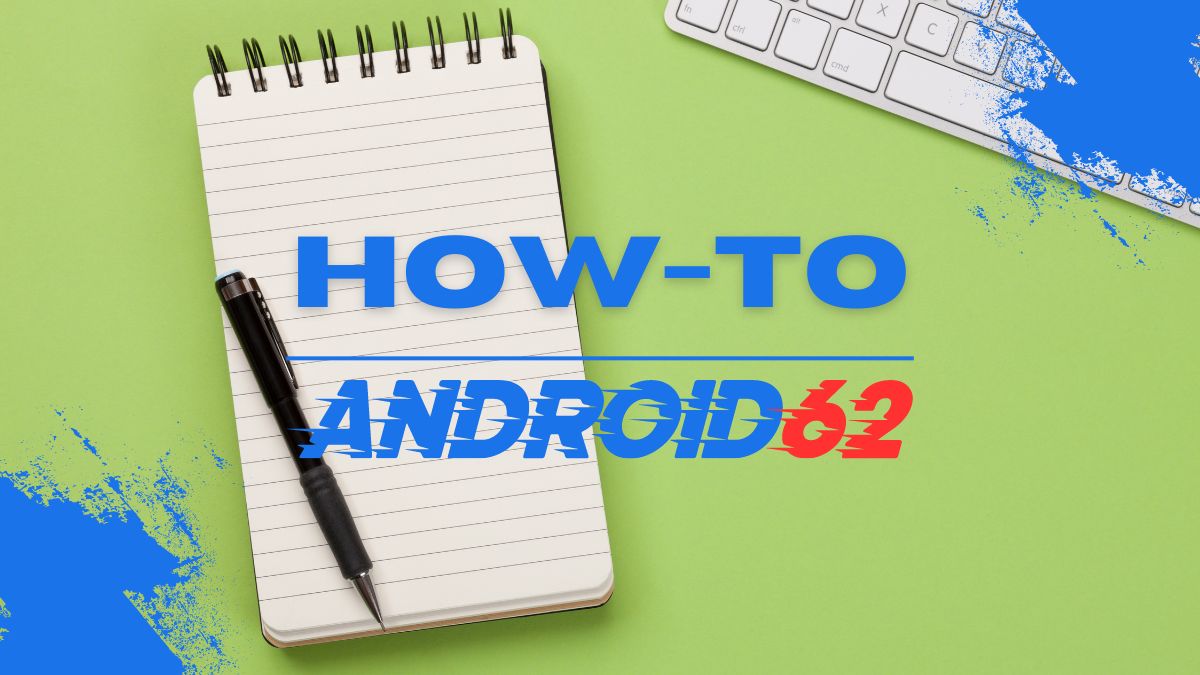
An Automated External Defibrillator (AED) is a portable device that can save lives by delivering a shock to the heart to restore normal rhythm during sudden cardiac arrest. Knowing how to use an AED can make a significant difference in saving someone’s life in an emergency situation. In this guide, we will provide detailed instructions on how to use an AED effectively.
Step-by-Step Guide on How To Use an AED
When using an AED, it’s crucial to stay calm and follow the instructions carefully. Here is a step-by-step guide on how to use an AED:
1. Assess the Situation:
- Check the area for any potential hazards or dangers.
- Determine if the person is unresponsive and not breathing normally.
2. Call for Help:
- Call emergency services immediately.
- Request an AED and any necessary medical assistance.
3. Retrieve and Turn On the AED:
- Locate the nearest AED, which is typically found in public areas or buildings.
- Turn on the AED by pressing the power button.
4. Prepare the Person:
- Lay the person on a flat surface.
- Expose the person’s bare chest.
5. Attach the AED Pads:
- Peel off the backing from the AED pads.
- Place one pad on the upper-right side of the person’s chest and the other pad on the lower-left side of the chest.
6. Analyze the Heart Rhythm:
- Ensure that no one is touching the person while the AED is analyzing the heart rhythm.
- Let the AED analyze the rhythm to determine if a shock is needed.
7. Deliver the Shock:
- If the AED advises delivering a shock, make sure no one is touching the person and press the shock button.
- Follow the AED’s voice prompts and continue following instructions.
8. Perform CPR:
- If the person does not respond after the shock, begin CPR with chest compressions and rescue breaths.
- Follow the AED’s prompts for when to resume CPR.
9. Continue Until Help Arrives:
- Continue to follow the AED’s instructions until emergency services arrive.
- Give detailed information about the AED and any actions taken to the responding medical professionals.
Additional Tips for Using an AED
Here are some additional tips to keep in mind when using an AED:
1. Become Familiar with the AED:
- Take a CPR and AED training course to familiarize yourself with using an AED.
- Practice using an AED regularly to maintain proficiency.
2. Check the AED’s Expiration Date:
- Ensure that the AED and its components are not expired.
- Replace any expired pads or batteries to ensure the AED is ready for use.
3. Don’t Delay Using the AED:
- Time is critical during a cardiac arrest, so don’t hesitate to use the AED when needed.
- Every minute without defibrillation decreases the person’s chance of survival.
4. Communicate Clearly:
- Assign someone to call emergency services and retrieve the AED while you focus on caring for the person in need.
- Provide clear and concise updates to emergency responders about the situation.
5. Stay Calm and Focused:
- Remaining calm and focused during an emergency can help you make quick and effective decisions.
- Trust in your training and follow the AED’s instructions carefully.
Conclusion
Learning how to use an AED can empower you to respond confidently in emergency situations where every second counts. By following the proper steps and guidelines outlined in this guide, you can effectively use an AED to help save someone’s life during sudden cardiac arrest. Remember to stay calm, act quickly, and prioritize the person’s well-being above all else when using an AED.



